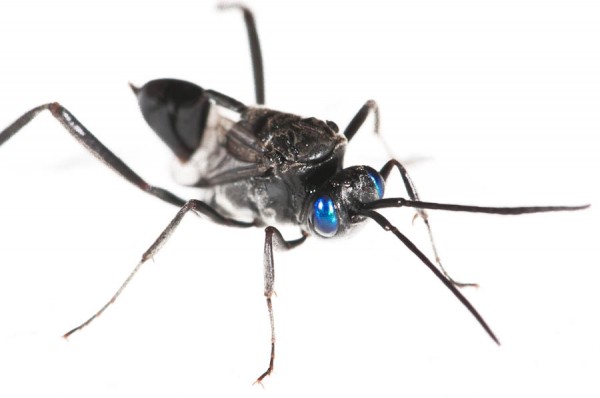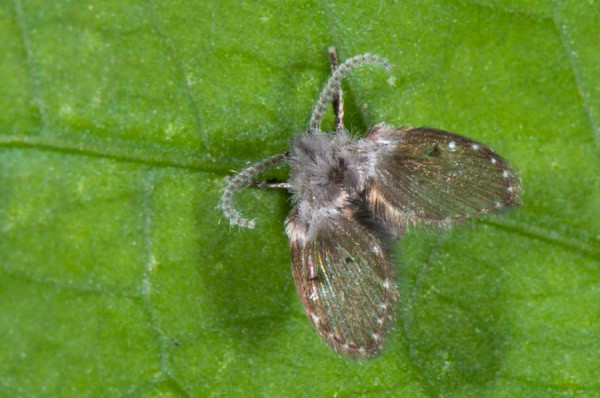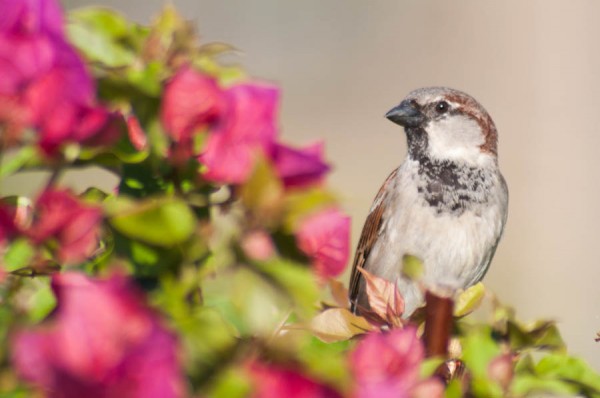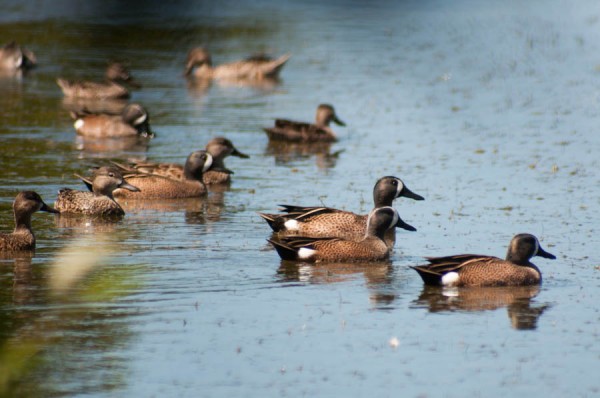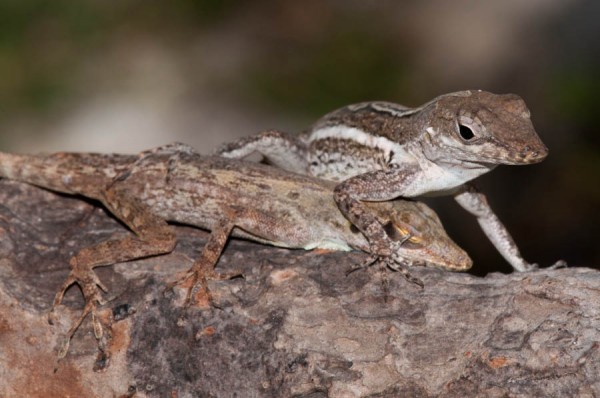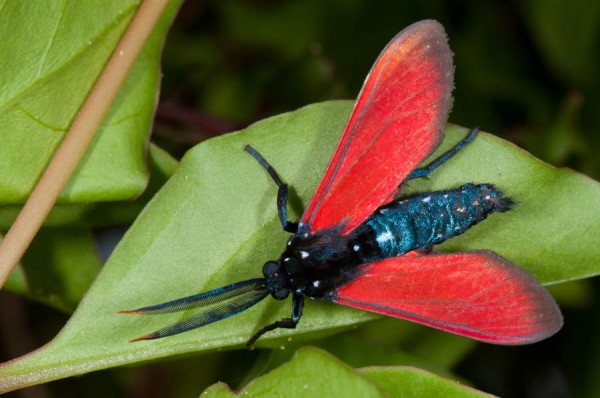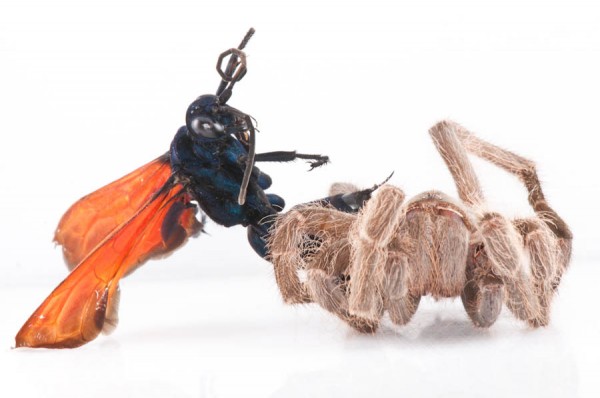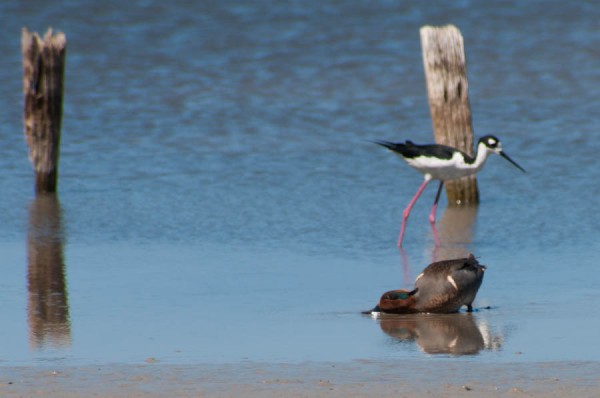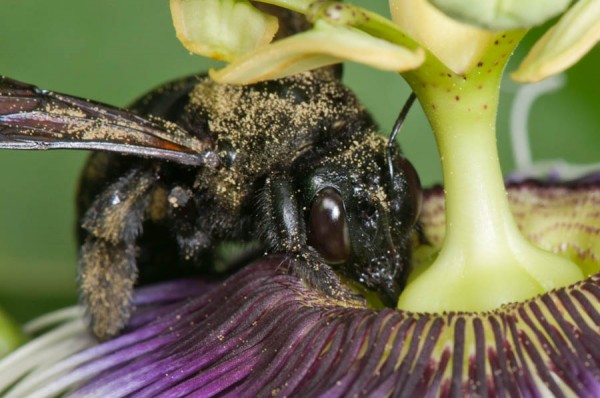Egret Nesting Season
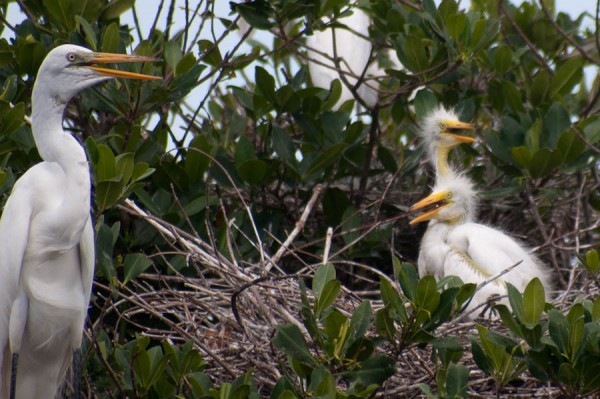
The tiny pond by the cemetery in Grand Case has been a very popular nesting site for egrets for the last few years. One mangrove tree, which had dozens of nests each year, has actually died, and only a small part of the dead tree is still standing. Even so, the egrets are nesting on what is left of the […]

